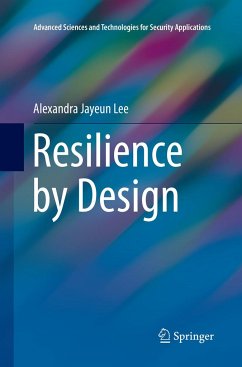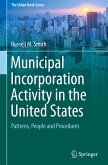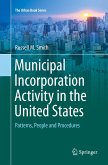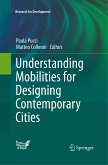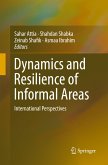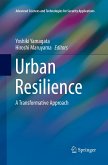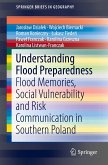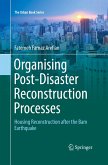This book discusses that disasters, whether natural or man-made, are essentially a human phenomenon. When a city becomes gridlocked and its resources depleted, the collective resilience of those who remain on the ground becomes critical to its immediate survival and recovery. The author argues that in order to build resilient futures for our urban environment, we need more than the skills of architects, engineers, and planners. Support of local communities and policymakers is also needed.
The book revisits the recent catastrophic events: the earthquakes in Port-au-Prince and Christchurch, and the hurricane in New Orleans, and places emphasis on the social, cultural, and political processes of rebuilding houses, facilities, and infrastructure that often go unnoticed. Understanding the wider context for how a built project comes to be, the author argues, is a solid indicator of its longevity than by the measure of itsmaterial characteristics alone, and gives us reasons to question the validity of our intentions as designers of the future. This book provides strategies for thinking about, assessing, and developing ways for place-makers from all disciplines to become responsible citizen designers of our cities.
The book revisits the recent catastrophic events: the earthquakes in Port-au-Prince and Christchurch, and the hurricane in New Orleans, and places emphasis on the social, cultural, and political processes of rebuilding houses, facilities, and infrastructure that often go unnoticed. Understanding the wider context for how a built project comes to be, the author argues, is a solid indicator of its longevity than by the measure of itsmaterial characteristics alone, and gives us reasons to question the validity of our intentions as designers of the future. This book provides strategies for thinking about, assessing, and developing ways for place-makers from all disciplines to become responsible citizen designers of our cities.

